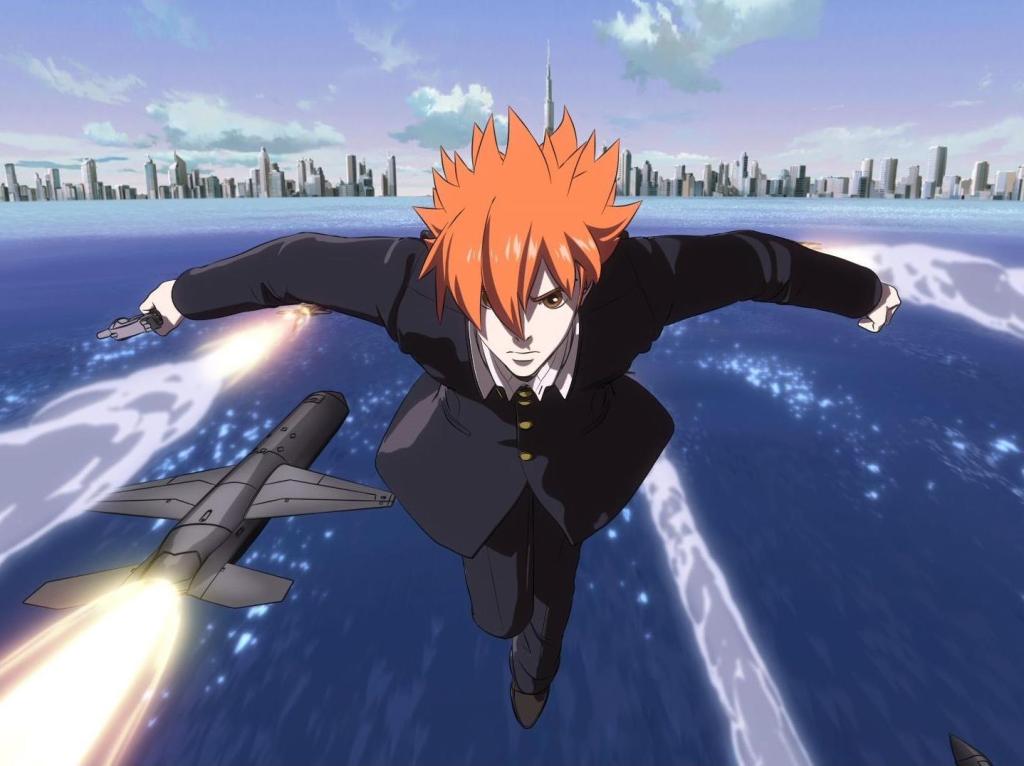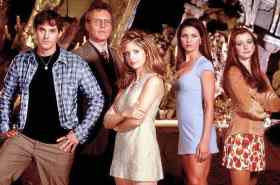For the past five decades, Shotaro Ishinomori’s manga Cyborg 009 has carved out a similar path to the superheroes of Marvel and DC Comics. The similarities are evident: a group of warriors are created out of experimentation, banding together to thwart threats of global destruction. The similarities are also superficial, with the latter’s immersion in philosophy and the metaphysical endeavouring to set it apart.
Since its original 10-arc published run from 1966 to 1970, the popular material has proliferated on the page and on the screen, inspiring several adaptations. On television, three series have followed; on film, the same number of features have attempted to synthesise the story. With 009 Re: Cyborg, writer/director Kenji Kamiyama (Ghost in the Shell’s Stand Alone Complex, Solid State Society and S.A.C. Solid State Society 3D) gives the concept a contemporary spin, steeped in post-9/11 symbolism. The characters and content remain, updated for a new generation.
The year is 2013, and war is coming, driven by the intertwined forces of terrorism and greed. Around the world, suicide bombers are blowing up buildings; however, their motivation and connection is unknown. Joe Shimamura (TV’s Attack on Titan) is among the many compelled by ‘His Voice’ to wreak havoc, until an act of intervention changes his fate. Though stripped of his memories, the would-be attacker is a cyborg, codename 009, tasked with defending civilisation against its enemies. Called back into the fray following three decades of peace and idleness, only he can stop the carnage, and decipher the role of heroes in such troubled times.
Visually, Kamiyama, director of photography Takahiro Uezono (in his first film credit) and art director Yusuke Takeda (Eden of the East) render the underlying ideas with beauty and clarity, overseeing cel animation that makes the most of both rampant action and quiet elegance. Details shine, particularly intricate backgrounds; directionality is key, with the film among the few anime to be presented in 3D. The accompanying 80’s-style, guitar-heavy soundtrack by Kenji Kawai (Saving General Yang) is less assured, yet still fits the aspirational atmosphere. A strong audio-visual experience is presented, one matched by the feature’s narrative ambition.
Though ample exposition through dialogue is required to distill the material’s many tangents into one movie – digressions that skewer corporate rule and capitalism, while cleverly questioning the relationship between humanity and religion – a compelling tale is told. Not everything works; however the pondering makes an effort to ground the chaos, adding depth beyond the ‘good guys fight evil’ formula. Various other, similar offerings are recalled, and yet 009 Re: Cyborg retains its distinctive flavour. Come for the artistic imagery, stay for the societal reflection, but don’t be surprised when craziness combines with contemplation.
Rating: 3
009 Re: Cyborg
Director: Kenji Kamiyama
Japan, 2012, 103 mins
Distributor: Madman
Reel Anime 2013
www.reelanime.com
Adelaide: 26 Sept – 9 Oct
Avoca Beach: 3 – 16 Oct
Brisbane: 3 – 16 Oct
Canberra: 3 – 16 Oct
Hobart: 3 – 16 Oct
Melbourne: 3 – 16 Oct
Perth: 3 – 16 Oct
Sydney: 3 – 16 Oct
Actors:
Director:
Format:
Country:
Release:





